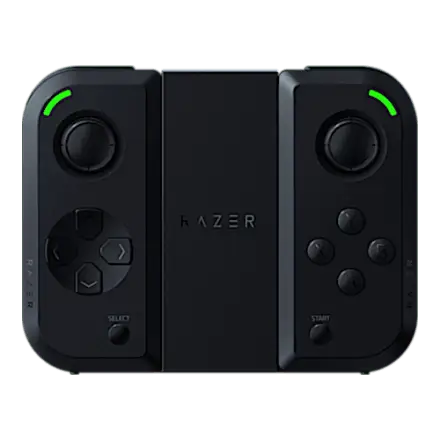
The Razer Junglecat dropped with some bold claims: modular design, seamless Bluetooth, console-like controls, and a monster 100-hour battery life. On paper, it looked like Razer's answer to Nintendo Switch Joy-Cons for your Android device. In practice? Let's cut to the chase—it doesn't live up to its $100 premium price tag.
The Junglecat is lightweight, but not in a premium way. It feels cheap in the hand, with plastic build quality that doesn't scream "Razer." Size is another issue—it's tiny, almost toy-like, with buttons so close together that your thumb constantly second-guesses itself. Button alignment is awkward, so muscle memory never quite kicks in. Instead of feeling like a proper handheld console, it comes across more like a stripped-down TV remote with analog sticks bolted on.
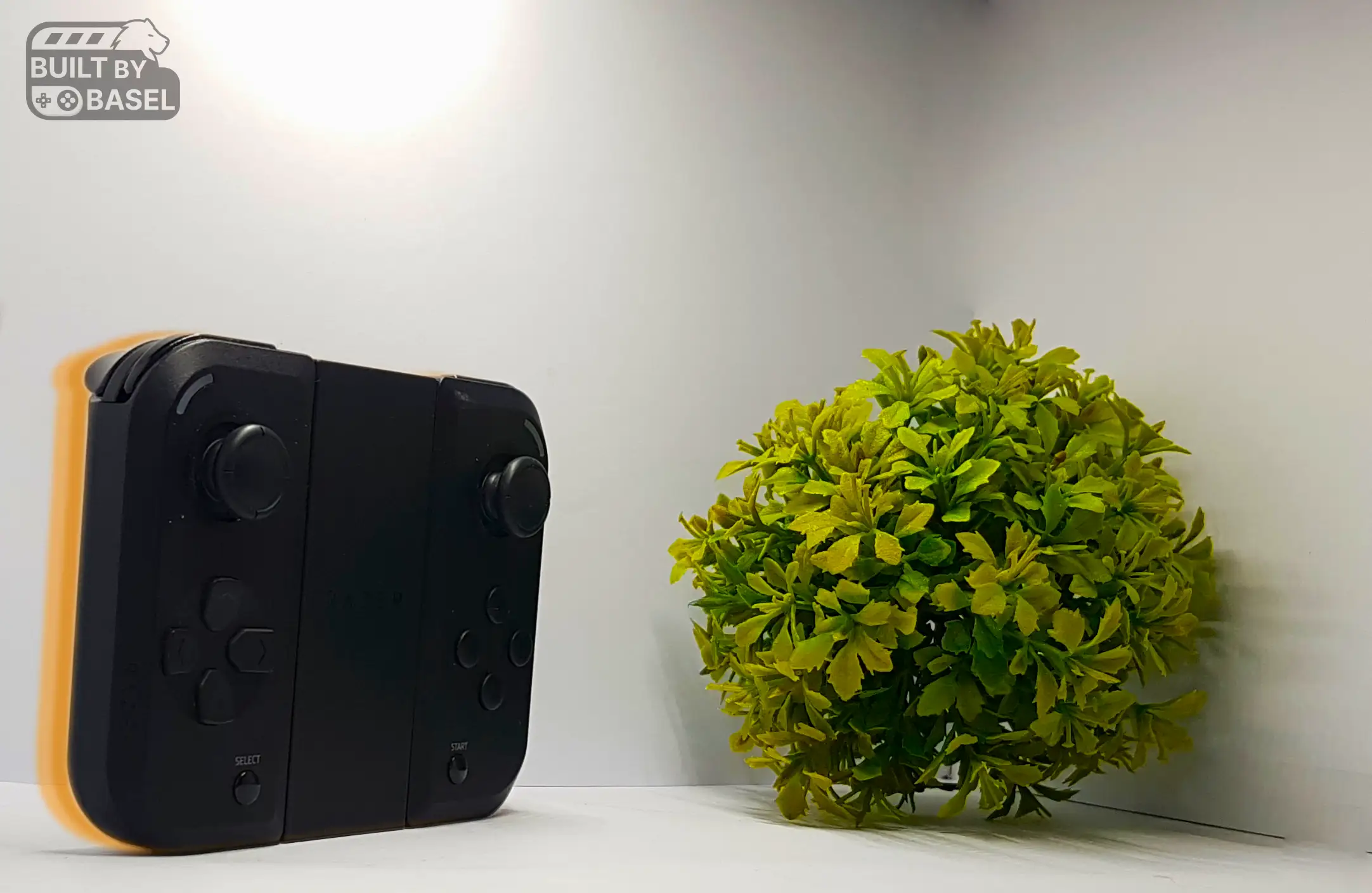
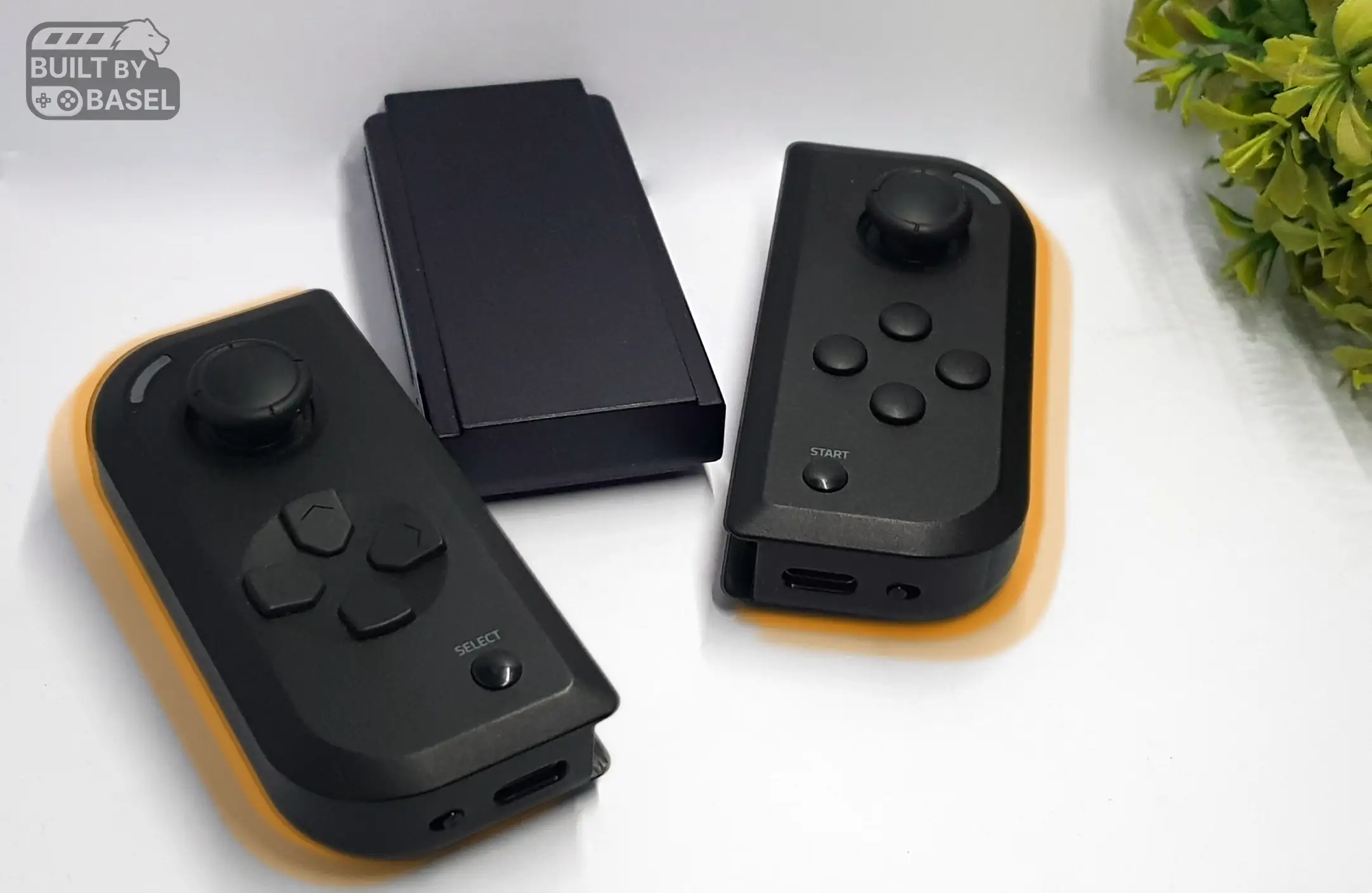
Here's where things shine a bit. Pairing is buttery smooth. In fact, there's a clever little quirk—turn on the left side first, and it connects to your primary device, syncing the right side automatically. Turn the right one on first, and it can latch onto a different Bluetooth device, dragging the left with it. Simple, effective, and the LED indicators make it obvious what's happening. Credit where it's due—connectivity is one of Junglecat's strongest points.
This is where the experience falls apart. Razer only made four official phone cases: Galaxy S10+, Note 9, Huawei P30 Pro, and their own Razer Phone 2. That's it. If you don't own one of these dinosaurs, tough luck—the controllers can't mount properly, killing the whole "attach like a Switch" pitch.
Even if you do have a supported phone, the ergonomics are poor. The whole unit is too cramped, the buttons are tiny, and the layout feels unnatural. Long sessions feel like a hand-cramp simulator, not an immersive gaming experience.
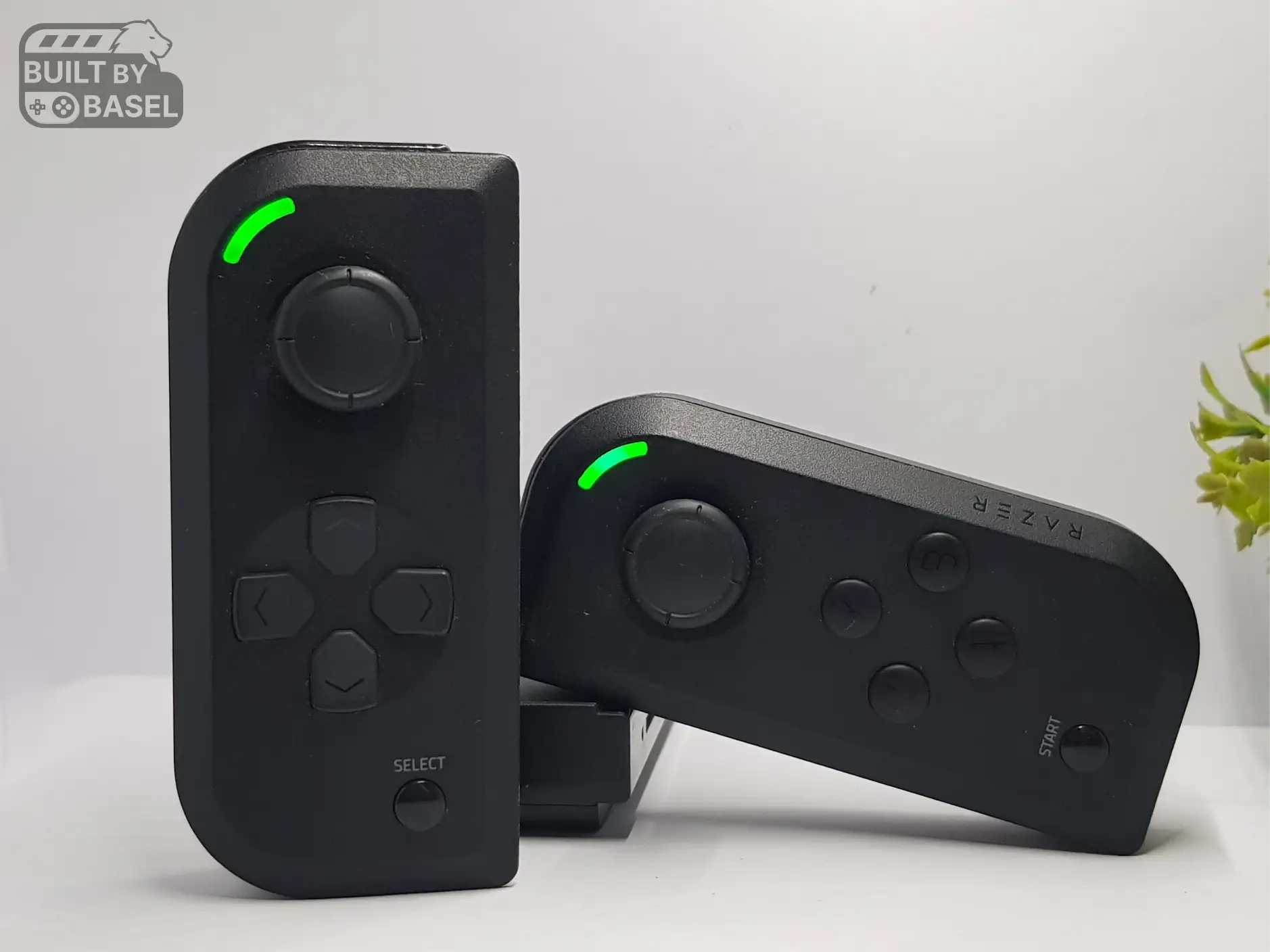
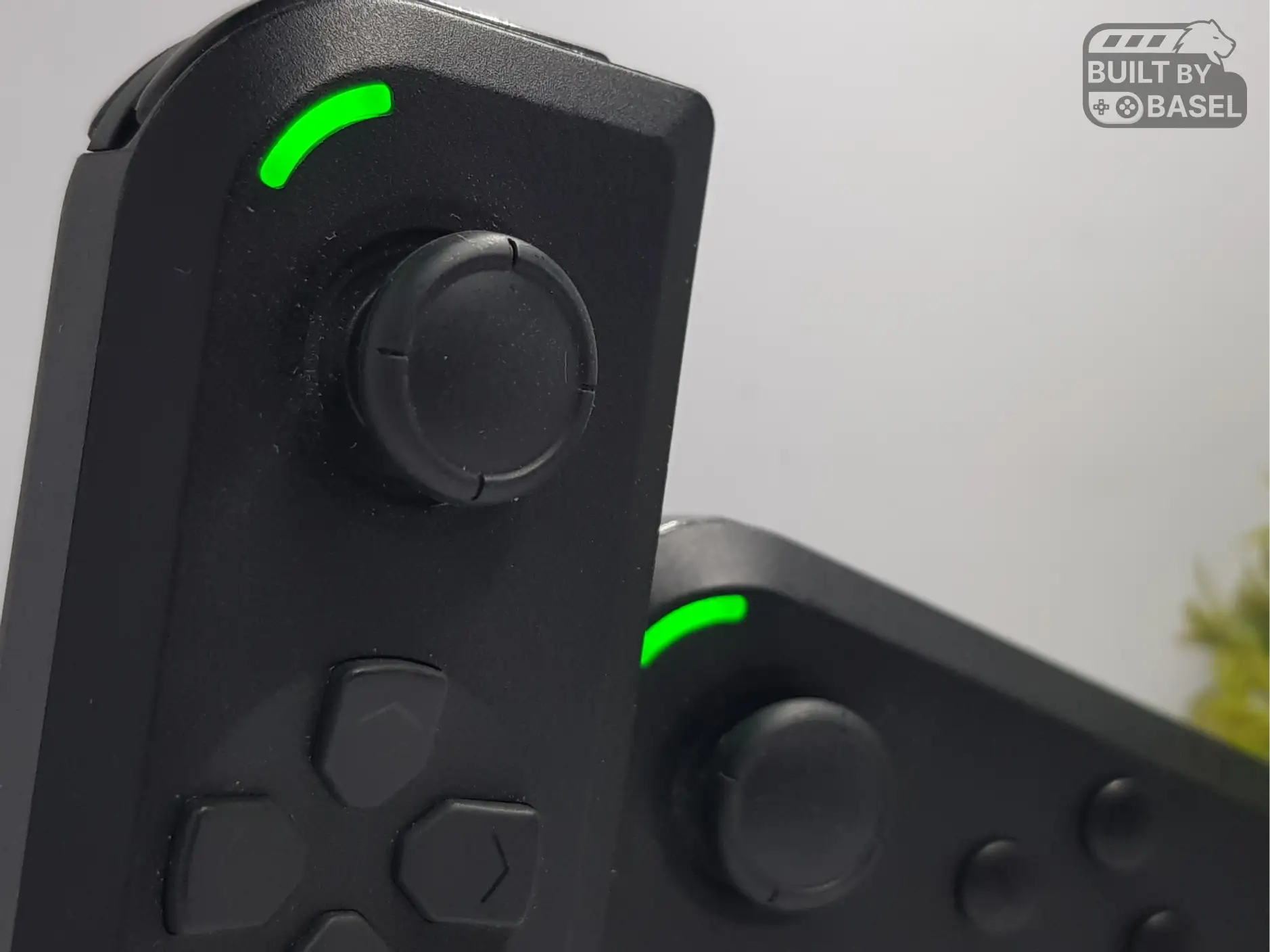
On the technical side, response time is good—Bluetooth Low Energy keeps latency minimal. All buttons are mechanical, but not in a good way. Without analog triggers, you lose progressive inputs, so racing games or shooters that rely on pressure-sensitive controls are basically neutered.
Razer promises 100 hours of battery life. In my stress tests, I pulled around 50–70 hours with heavy use, which is still decent but far from their claim. The analog sticks are easily the weakest point—stiff, limited, and nowhere near console-grade quality.
The Junglecat relies on the Razer Gamepad app, which is barebones and supports a pitiful list of games. Sure, Octopus or other third-party solutions can extend compatibility, but Razer should've baked that into the product themselves. Buying a $100 controller only to rely on third-party hacks feels cheap.
Honestly? Almost no one. Maybe if you have baby-sized hands and happen to own a Galaxy S10+, Note 9, P30 Pro, or Razer Phone 2, it could give you a Switch-lite vibe. For everyone else, it's an overpriced toy that looks better on Razer's product page than in your hands.

The Razer Junglecat is one of those products that makes you ask, "Who approved this at $100?" It nails wireless pairing but fails everywhere else—build, comfort, compatibility, and overall value. At this price point, there are far better controllers that actually deliver what they promise.
Rating: 1.5/5